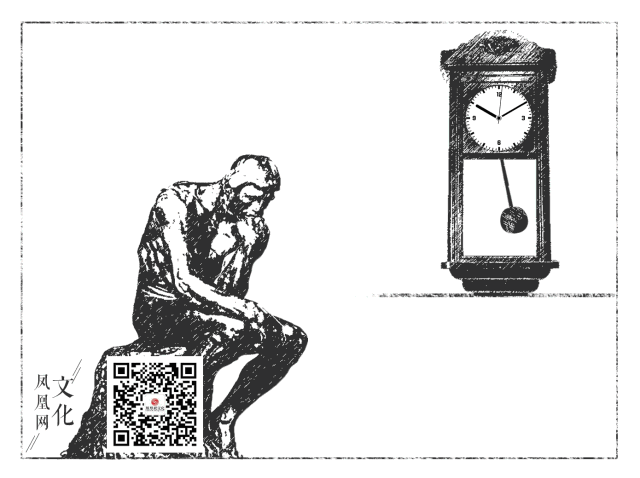Nezha, who rebelled against fate, was originally an unreasonable second generation.
Ne Zha (hereinafter referred to as "Nezha") is the most worth discussing this month. On the basis of high industrial standards, it tells a smooth story, which is a big surprise for domestic animation. However, this film has also caused a lot of controversy. Some viewers think that the narrative of Nezha violates the spirit of the original book to resist order and challenge patriarchy. Others point out that Nezha appeals to people to break prejudice on the one hand, and caters to people’s prejudice against people such as "sissies" on the other hand. The so-called rebellion against fate in Nezha is actually very conservative, and the film finally integrates the whole article with warm narration.
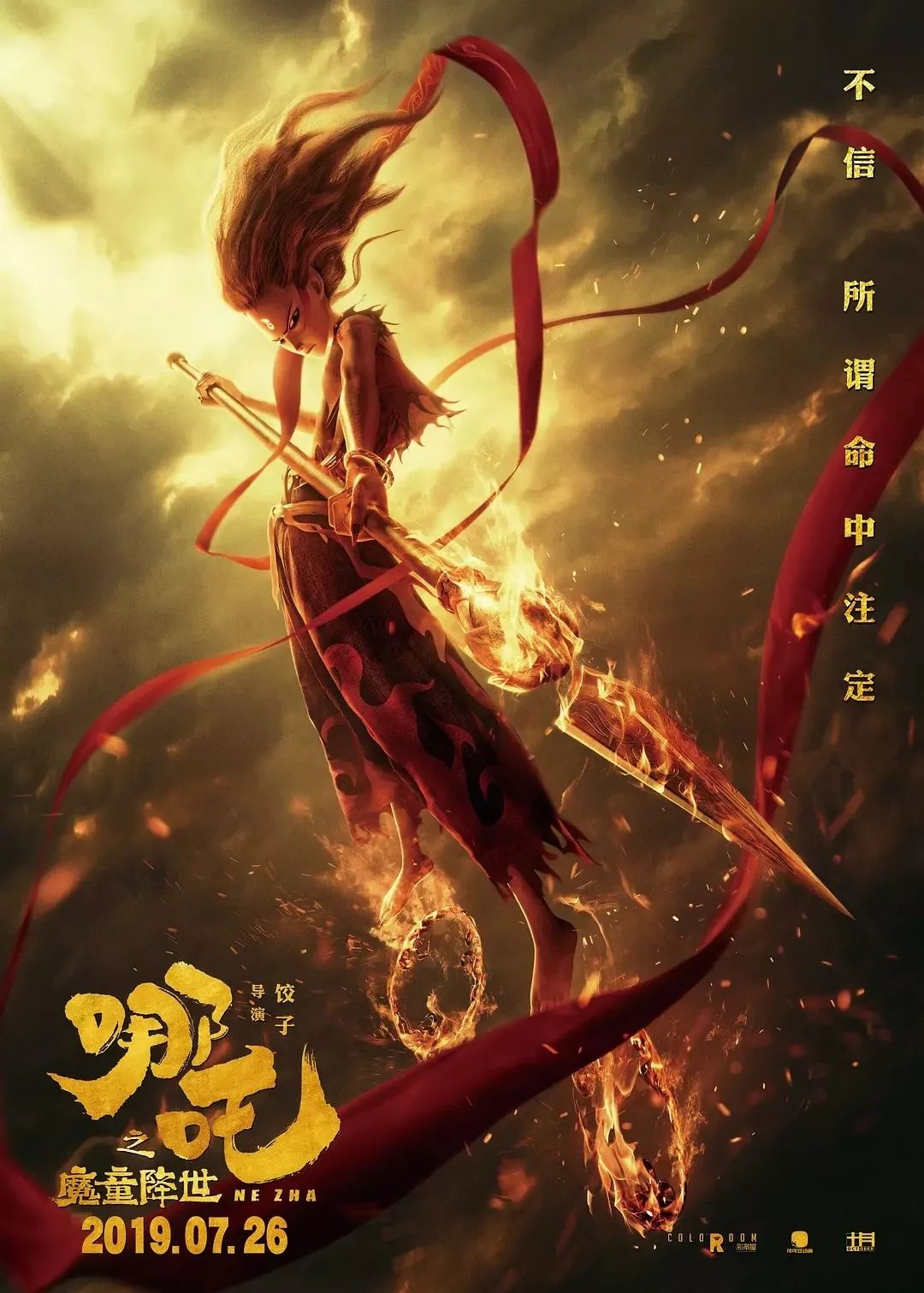
Ne Zha: Inheriting the Classic or Subverting the Original?
A man of music opera
Nezha is an imported product from India. After several generations’ transformation, he and Li Jing (the King of Vishamen, the king of the northern kingdom in Indian Buddhist classics) became the god of China. The image of Nezha, which we are familiar with now, comes from the 12-14 chapters in the novel Romance of Gods in the Ming Dynasty.
Unlike many people’s imagination, in the original work, Nezha was neither a representative of resisting patriarchy nor a real rebel against order. On the contrary, he was the darling of the heavenly order after the order of the feudal dynasty was transformed.
As mentioned in the book, Nezha is the pioneer of Jiang Ziya, the incarnation of spirit beads, and is sheltered by Taiyi. After coming to earth, he was loved by Li Jing, the general commander of Chentangguan (later the King of Tota). The original description shows that when Li Jing and his wife saw Nezha’s real body, they were all happy. However, Nezha ran amok, watching Hag "look like an animal" at the seaside, and he killed people. The third prince of Dragon Palace, Ao Bing, came to account. He not only killed the third prince, but also stripped people of their tendons.
Nezha is cool, but what’s wrong with Hag and the Third Prince? Just because you look like a monster, you can be slaughtered? Isn’t this just the arrogance of the powerful and the stigma of others? So when I saw this passage, I couldn’t sympathize with Nezha.
In the original work, it is those people who are stigmatized, such as Haga and Prince Three of Dragon Palace, and Nezha who is coquetry and arrogant, but he is sheltered by Excavate and mediated by Taiyi, and the dragon king Aoguang is unpopular in heaven, so Nezha’s evil deeds are covered up.
Of course, there is one thing that Nezha has done very responsibly, that is, subjectively, he is willing to eviscerate his father, cut his flesh and return to his mother, and sever ties with his family, so that one person can do things alone. But this is not against patriarchy, it is precisely the embodiment that Nezha has feelings for his parents and doesn’t want to implicate them. At the end of the day, Nezha in the original works is more like the second generation of Wan Ku’s power. With his own divine power and background, he shot Shijie, abused Ao Bing, and caused a lot of troubles at home. This led to "caesarean section, gut gouging, flesh and blood removal, returning to his parents, not tiring his parents", and later the incarnation of Lotus made a scene in the Dragon Palace and was surrendered by the pagoda. Nezha gradually grew up in this process, and finally followed Jiang Ziya, participated in the crusade against Shang Zhouwang, and became immortal, completely becoming a part of the heavenly order.
This story, however you look at it, has nothing to do with resisting the order, but the process of stigmatization of Ao Bing and others is more worthy of modern people’s deep thinking.In the original work, the legitimacy of Nezha’s killing hag and Aobing lies in that they are monsters and look like animals, but they are also different from ordinary people. Why is Aobing a demon and why is Nezha a fairy? Behind this definition, the shadow of power operation and prejudice is hidden. In the mythological system of the whole deity romance, it is the immortals who have the right to define the right to speak and the legitimacy of behavior, and their tyranny is diluted, while other ethnic groups who are naturally regarded as ubers will be magnified. This is a chilling logic, which shows us that the fairy’s definition of justice is still the logic of feudal rulers.
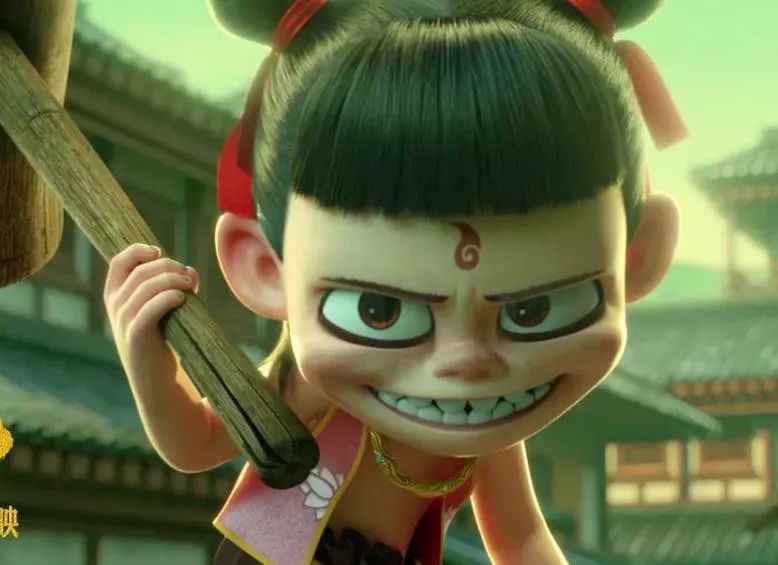
What really has the spirit of resisting patriarchy is the last American version of Where is the Sea?
After the Romance of the Gods, Nezha’s story was beautified layer by layer. In The Journey to the West, he was already a fairy who made a positive result. The novel said that he had set foot in the Crystal Palace, made a scene in the East China Sea, subdued 96 caves of demons and protected the safety of the people in Chentang Pass. Nezha’s tyrannical atmosphere has been diluted here.
And the version that was really praised by intellectuals and had the spirit of resisting patriarchy was Shanghai Animation Film Studio’s animation "What makes a sea" in 1979. This animation has several important adaptations compared with the original:
(1) Deepen the image of Li Jing as an official who maintains feudal order, and describe the contradiction between him and Nezha in detail.
(2) Spending space on the evil deeds of the Dragon King and his men, such as deliberately keeping the water from falling, causing the land to dry up, ordering the hag to go to the seaside to rob the boys and girls, etc., so that the Dragon King clan became the representatives of the vested interests in the arrogant and cruel patriarchal society, and Nezha’s killing of the hag and the three princes of Dragon Palace was justified.
(3) In the original work, Nezha was a grumpy second generation. In the 79th edition of the animation, Nezha deeply understood the righteousness and was willing to sacrifice himself for the people of the whole city. On the contrary, Excavate was weak and conservative, and Nezha’s revolutionary temperament and rebellious spirit came into being.
It can be said that the 79th edition of "Where is the Sea" made a complete break with the feudal order. Its revolutionary temperament and fearless spirit, combined with the rich elements of Peking Opera model operas in the animation, show the influence of the background of the times on it. In the next 40 years, there is no longer such a decisive image of Nezha, because the times have changed, the radical narrative has been replaced by the moderate middle class, the influence of the Hollywood trend, and the changes in the taste of the China audience.
In these 40 years, it is still worth mentioning that the adaptation of "What makes the sea" is the Hong Kong version of the 2001 Romance of the Gods. Limited by funds and manpower, the costumes and props of the Hong Kong version of "The List of Gods" are very rough, and now the pictures are very old, but from the perspective of "drama", it is doing very well. On the surface, it is a ghost drama and a joke drama, but it is actually a family drama (especially the part about Nezha), which tells the softest part of Chinese’s heart through the shell of ghosts and gods.
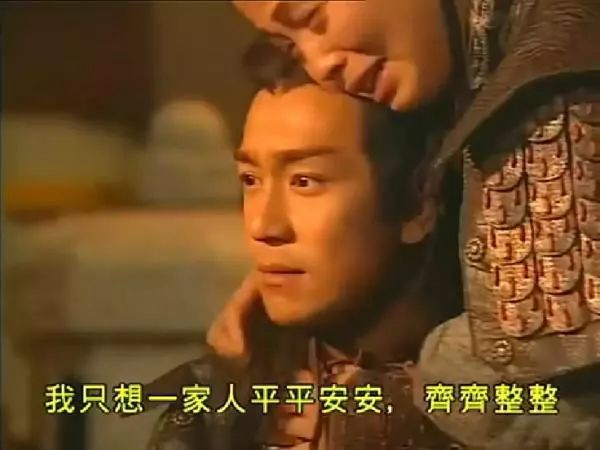
Many viewers will empathize with this drama, because when they see King-Tan Yuen as Nezha’s mother who broke her heart for her son, they want nothing decent. What they think of is the image of the hardworking Chinese mother. When they saw Nezha, they were worried about prejudice. Later, they were moved by their mother, and realized their responsibilities and destiny. Later, they did not hesitate to cut the bones and return the meat to their father. What they saw was actually a classic China juvenile growth model, and they saw how a person who seemed to bear the original sin could find the meaning of his life with the help of his mother and two or three friends in adversity.
Those touching moments were not the show-off of technology and the cruel war, but what Nezha said when she was beaten while crying in the heavy rain. After returning the kindness of the Li family, she carried on with pride and reluctance. Even Su Daji and Shen Gongbao, the "villains", are not simply evil, but the inherent prejudice in the world, the stigma and transformation of women in a patriarchal society …Therefore, the list of gods has been remake so many times, and the most touching is still the Hong Kong version with the most crude technology, because it really understands people’s hearts and because it has a warm gaze on everyone.
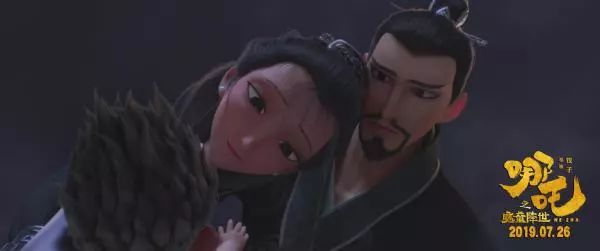
Nezha captures Chinese’s emotional weakness.
Nezha goes a step further than the Hong Kong version of The List of Gods, because it gives consideration to both film aesthetics and shaping people. From the characterization of Nezha, Ao Bing, Taiyi Zhenren, Shen Gongbao and other characters, to the volume "Jiangshan Country Map" in Taiyi Zhenren’s hand, and the extensive use of lotus images, "Nezha" has its own unique film aesthetics, fresh, freehand brushwork, market atmosphere, and a "burning" from the desire to change fate, which fits the aesthetic tendency of mainstream groups.

It is an animation, but it is not naive. The reason why it can become a movie that can be watched by all ages, women and children is because its starting point is in line with Chinese’s emotional demands, prejudice and identity, individuals and families, desire to change their destiny, and hatred of identity discrimination. The scenes of Nezha hit the audience’s emotional weakness, especially when Nezha saw his father Li Jing’s willingness to make sacrifices for him and resolutely turned back to rescue Chen Tangguan, and then there was "Yes" This film is very clever in emotional progression, the loose place is loose, and the tight place is tight. Although some "golden sentences" are too much, which affects the overall flexibility, the shortcomings do not cover up, and its application of emotion is no less than that of animation masterpieces such as Travel around Dreams and Travel around Flying Houses.
In the new version of Nezha, Li Jing has been changed into a modern father. He is no longer exclusive and overbearing to Nezha, but actively seeks a kind of gentle and equal communication. Even if Nezha makes Chentang close, he will not hesitate to give up his feelings and help Nezha get the world’s recognition.Li Jing has become a modern loving father, and his relationship with his wife and Nezha is actually very close to our modern life, which is why many viewers are moved by it.
At the same time, Nezha’s rewriting of Ao Bing is also brilliant. In the inherent myth narrative, the third prince of the Dragon Palace, Aobing, went to Chentangguan to plead guilty because of his troubles, and was killed and cramped by Nezha, and his soul returned to the altar. This character is faceless, and it is difficult to get the sympathy of the audience. However, Nezha skillfully uses the stems of prejudice and identity, and through the exchange of "Lingzhu" and "Magic Pill", it makes Ao Bing bear the heavy responsibility of the whole dragon from his birth. The dragon is a monster in the eyes of the world, and the dragon king is eager for Ao Bing to ascend to immortality and wash away the shame of the dragon. The innate prejudice makes him suffer, and he is harmonious.
The adaptation of Nezha tends to be warm, because the original is a bloody and tyrannical story, the relationship between Nezha and Excavate is full of confrontation and estrangement, Excavate is bossy, and Nezha is a "bad boy" who abuses violence. If we copy the original, not to mention the lack of novelty, many viewers will not understand it. However, the logic of this edition of Nezha is clear, and the interaction between Li Jing, Yin Shiniang and Nezha is also very appropriate. Looking at the adaptation history of "What makes the sea", this edition of Nezha is the most suitable film for the whole family to see.
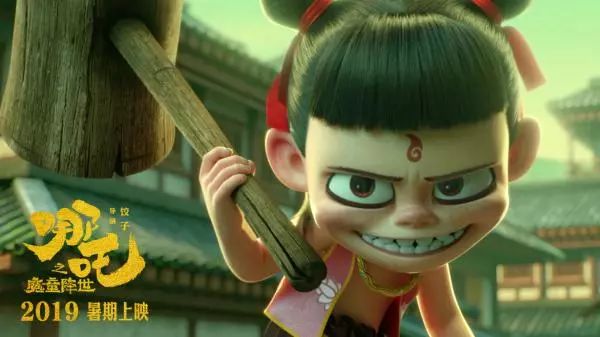
Of course, Nezha has its flaws. For example, the hatred of Nezha by the people in Chentangguan in the film is somewhat abrupt, but it is actually related to deletion. Director jiaozi said: "There is a scene in which Mrs. Yin did not accompany Nezha to kick shuttlecock, but went to eradicate eel essence. We designed a scene in which eel essence caused considerable harm to local people. There was an old woman crying with her granddaughter’s body in her arms. Her granddaughter and son were both killed by goblins. Therefore, the people in Chentangguan have a deep hatred for monsters, which can be said to be a mortal enemy. But maybe now everyone will think that the people are a little idle when watching movies. After all, the film length is limited, and we can only do some giving up. "
Nezha still needs to be improved, such as the suitability of dubbing and characters, line design, etc. But what is certain is that it will leave a name in the history of animated films in China. Without a lot of publicity and famous actors in the early stage, the popularity of Nezha is a victory in the quality of the works and has a positive effect on the whole market. Because it released a signal: China audiences are paying more and more attention to the quality of the film itself, and the world has been suffering for a long time. It is more cost-effective to come up with a good book and launch a good work with your heart than to save enough money to flatter the stars. This is no longer an era when bad films can easily fool people. What we want to see is more works with such intentions as Nezha.
The first draft of this article was published in The Paper You Xi column.
There are a lot of additions and deletions in the second draft.
Editor: Karaoui
Image: Network

Cultural observer of the times
